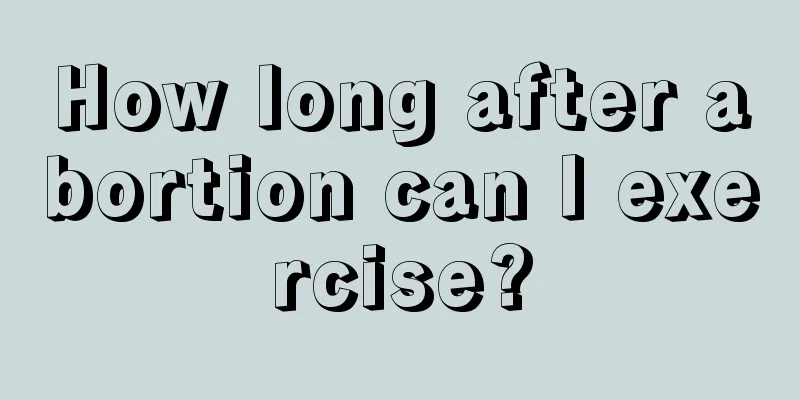What does breast hyperplasia type 2 mean?

|
Female friends who often experience breast pain basically have problems with breast hyperplasia after examination. The examination report will have an analysis level. If it is level 2, it is a benign fibroid and requires regular follow-up. If it is level 3, it is between benign and malignant, and the time interval between follow-up needs to be shortened appropriately. This article introduces the various grading standards for breast hyperplasia. Those who need to know more can take a look. The meanings of various grades of breast hyperplasia are as follows: Level 0: Recall is required and further evaluation will be conducted after other inspections. This indicates that the information obtained during the inspection may not be complete. Level 1: No abnormalities found. Grade 2: Benign, regular follow-up is recommended. Grade 3: Possibly benign, and the follow-up period needs to be shortened. The proportion of this grade of malignancy is less than 2%. Level 4: Malignant lesions are considered possible and biopsy is required for confirmation. Level 5: Highly suspected malignant lesions requiring surgical excision and biopsy. Level 6: Malignant lesions have been confirmed by pathology. Don’t be afraid or worry too much if you have breast hyperplasia. It is recommended to regulate your body, which can not only affect the female gland axis, but also regulate the endocrine system, balance hormone levels, and regulate the female breast hyperplasia from the root. Since 2% to 3% of patients may have malignant transformation, it is best to go to the hospital for a color Doppler ultrasound examination every 3 to 6 months. Do not eat soy, honey and royal jelly. Patients with breast hyperplasia over 40 years old should go to the hospital for a specialist examination once a year, and do color ultrasound, infrared breast radiography or mammography when necessary. Patients with breast hyperplasia are advised to eat less or no honey. Many people say that honey does not contain estrogen, and only royal jelly contains hormones. Patients with breast hyperplasia are reminded that it is best to eat less or no uncertain things. The specific food you can eat is as follows: Strong acidic foods: egg yolks, cheese, pastries made with white sugar or persimmons, mullet roe, bonito flakes, etc. Moderately acidic foods: ham, bacon, chicken, tuna, pork, eel, beef, bread, wheat, cream, horse meat, etc. |
<<: Can I have a baby if I have breast hyperplasia?
>>: What medicine is good for uterine cold
Recommend
What if my period starts to be black?
Women have their periods every month. If the mens...
What are the symptoms of malnutrition in women?
In the past, due to food shortages, people often ...
Is it normal to go through menopause at 43?
We know that women will go through menopause afte...
What is the stage of cancer if there is clear water discharge from the nipple?
There are many types of breast diseases among fem...
Can I eat American ginseng after a miscarriage?
If women focus on physical conditioning and recup...
[Smart Farmers] If you have symptoms of vomiting and diarrhea, are you infected with the Norovirus?
The transition from winter to spring is a high in...
What are the later standard data of fetal amniotic fluid index standard?
Nowadays, pregnant women will more or less have p...
What should I do if I have sex ten days after having an abortion?
Abortion is miscarriage, which is mainly an artif...
What causes women to urinate blood?
What is considered hematuria? I believe most peop...
Can pregnant women take ferrous sulfate?
Ferrous sulfate is a common blood tonic and a ver...
Does uterine fluid affect pregnancy?
Intrauterine effusion is a common gynecological d...
Women are prone to 7 diseases in their lifetime
Some diseases only affect women, such as uterine ...
What should I pay attention to after abortion?
After becoming pregnant, many female friends choo...
What are the reasons for the growth of many lumps on the vulva?
Folliculitis is a relatively common disease. Many...
What fruits are suitable for menstruation?
Female friends all know that there are many commo...









